This summer I spent some time continuing experimental tests I started some years ago studying tonewood, guitar mechanics, vibration analysis and tone results.
A perfect tool for getting clear results is a software I found which separates harmonic content, so each sound can be easily evaluated and associated with its harmonic components. It takes a lot of time and efforts to get comparable results by trial and error, keeping various factors well controlled, giving a solid output that must be evaluated, interpreted and finally giving an “answer”.
It could be an exact science but that is not my aim. This work is done to provide an explanation and to better understand a fact, to support an idea or a intuition. Musical instruments are a such complex machines, and tone factors depend upon so many variables, that results can be obtained more by “recipe and composition” than “scientifically”. But analyzing and obtaining more knowledge about various factors is, to me, the best way to gain power and tools to achieve the desired results.
I got some good results. They need to be digested and further examinated. I wish to share some of them in future posts.
Here we are with a test I made to see how chambering a solidbody guitar affects its tone.
The way I do chambering is different from most other makers. I call it “multi-chambering” : many small round chambers (bored vertical holes) in a beehive kind of structure. This system differs from large single chambers breaking possible undesidered resonances at single frequencies determinated by the volumetric dimensions of the chambers. This can often give dead notes or undesidered peaks on certain frequencies.
This is just the analysis on the vibrational behavior of a wood sample that represents the Body of a electric guitar. The way the wood absorbs vibrations and vibrates will influence the vibrating strings, with a grade of interaction that is not analized here now. Let’s focus on just the vibrational property of the wood.
I took a test sample of limba wood and recorded a tone produced by striking it at a critical point. Then I chambered it, taking it to half its weight by removing half of its volume. I did this by boring holes in it in a beehive pattern.
So how did the chambering affect the tone? Look at the picture.

The plot is : horizontal = frequency (from left to right = low to high) and vertical = time, the decay
Colors mean intensity and it is very intuitive, going from violet towards red with all colors gamma.
I previously had an idea, describing the tone more as “semi-acoustic” or “midrangey”, as it became more capable and free to vibrate.
Looking now at the plotted result gave me a clear image of it and a very precise definition.:
- Chambering lowered its resonant frequency making it less pronounced,
- The structure of the wood became more suitable to vibrate at many other frequencies and harmonics, that means more tonally rich, more complex spectrum.
- Then the bass side is widely enhanced, reinforcing the bass response.
- There is a slight loss in sustain, but an overall richness in vibration frequencies
Looking at the Manne tone map /sound/ chambering means moving horizontally to the right and slightly vertilcally downward.
So this is an element to use in the recipe to accomplish a specific result. Knowledge is the key.
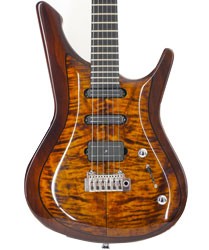
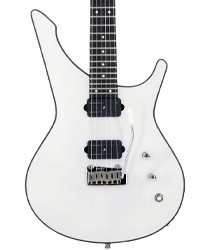
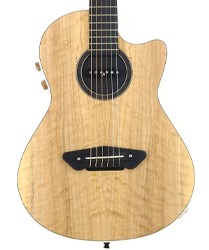
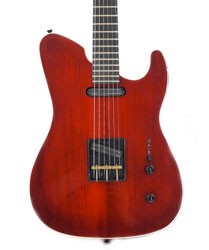
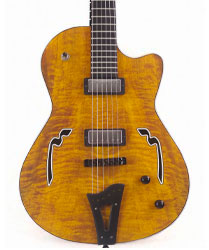

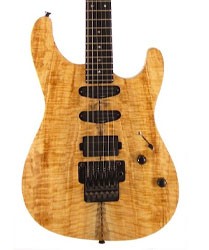

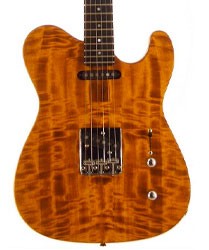
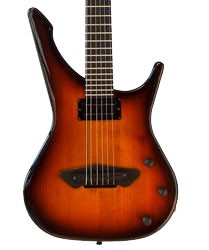


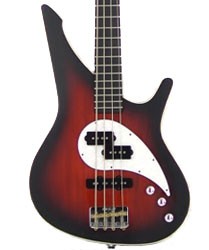
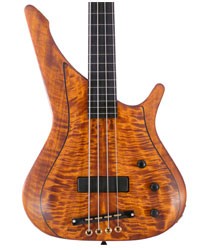

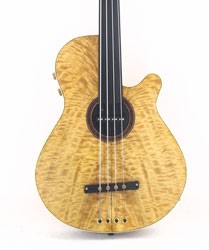
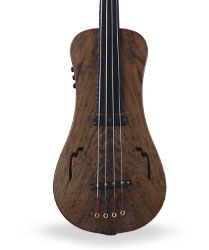

 Italiano
Italiano


